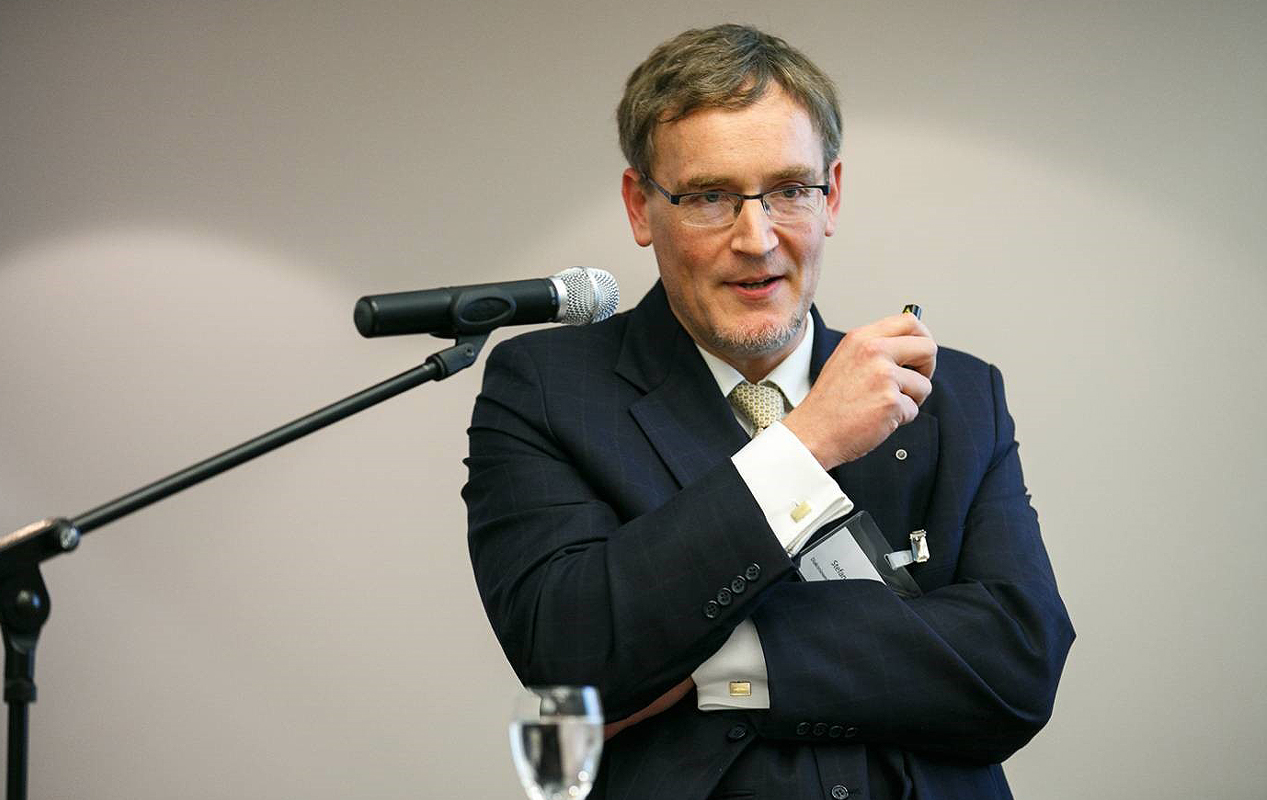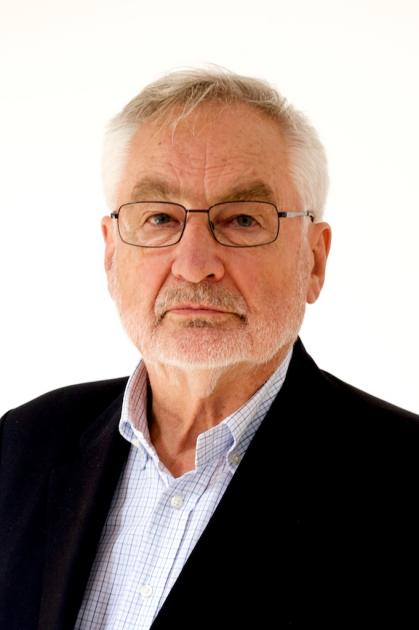Abstract: Humans are born to decide
Abstract
Humans are born to decide: A general overview from the perspective of a neuroscientist
Some ideas are summarized for decision makers taking into account new results and concepts from the neurosciences. The brain itself can be understood as an organ of decision making and it represents, thus, a model for academic, economic or political institutions. The overview is structured by using the numbers 1 to 10 to explain results and concepts in neuroscience and their applications for the decision maker. THUS: 1, the unity of consciousness and, consequently, the necessary unity of decisions is emphasized; there is nothing like “multitasking”. 2, the duality of brain processes and its consequence for decisions is explained, like the two hemispheres in our brain which are associated with different functions (the analytic and synthetic view), the duality of lower and higher functions (control of bodily functions and cognitive evaluation), or the duality of organizational structures (the complementarity of a hierarchy of decisions and a heterarchy of knowledge creation). 3, we distinguish three forms of knowledge, i.e. explicit, implicit and pictorial knowledge which provide a necessary basis for decisions; decisions are never only explicit. 4 rules of thinking (René Descartes), but also four potential errors in thinking (Francis Bacon) in decision making are analysed. 5 interrelated hierarchical levels in decision making can be distinguished; it starts with complexity reduction of sensory input and ends with goal directed decisions. Interestingly, all human beings can be characterized by 6 basis emotions, which represent our evolutionary heritage, namely happiness, surprise, anxiety, disgust, anger and annoyance. 7 different linguistic competences every decision maker should master, namely lexical, syntactic, semantic, phonetic and prosodic competence; in addition pragmatic and social skills are necessary. The metaphor of a cube with 8 corners is used to describe the dynamics and stability of brain processes; the complementarity of both is necessary for the decision maker as one has to be both conservative and adaptive. At least 9 problems a decision maker can run into, like to oversimplify matters, to fall into the language trap, to lack a statistical sense, to misunderstand intelligence or to stumble because of personal weakness. An “E-pyramid” with 10 elements summarizes the different aspects that represent a frame for decisions. On a basic level, we have to appreciate our EVOLUTIONARY heritage, ETHICAL principles, ENVIRONMENTAL responsibility and ECONOMIC understanding. On a second level operational principles are addressed like EASY access to information, EFFORTLESS processing of information which are the basis for EFFICIENT action and decisions. The two upper layers refer to goals, like the personal goal of EMOTIONAL EMBEDDING within a social environment allowing EMERGENT creativity; on a strategic level the decision maker strives for a dynamic EQUILIBRIUM that provides long term stability to an organization like an academic institution, a company or a political system.


.jpg)


